Honors Nayanar saint, Naalvar | ||
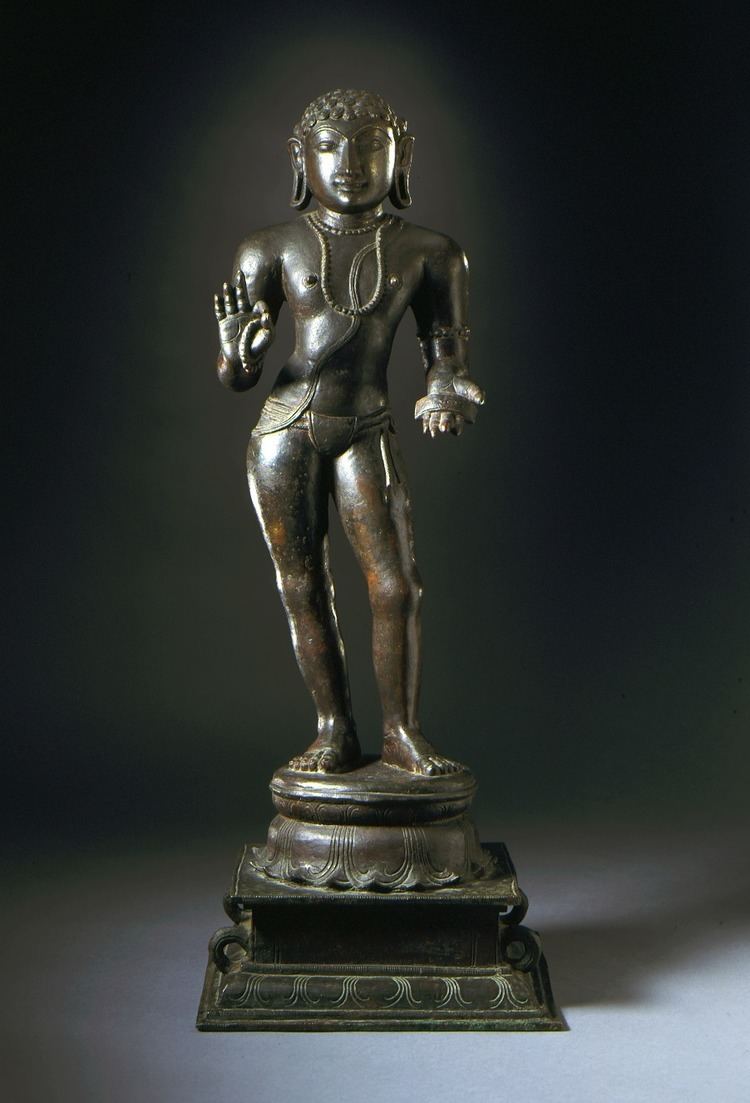 | ||
Books Tirukkovaiyar, The Tiruvāçagam: Or, S̓acred Utterances' of the Tamil Poet, Saint, and Sage Māṇikka-Vāçagar Similar | ||
Manikkavacakar or MaanikkaVaasagar was a 9th-century Tamil poet who wrote Tiruvasakam, a book of Shaiva hymns. He was one of the main authors of Saivite Tirumurai, his work forms one volume of the Tirumurai, the key religious text of Tamil language Shaiva Siddhanta. A minister to the Pandya king Varagunavarman II (c. 862 C.E. – 885 C.E.) (also called Arimarthana Pandiyan), he lived in Madurai. His work is a poetic expression of the joy of God-experience, the anguish of being separated from God. Although he is a prominent saint in Southern India, he is not counted among the sixty-three nayanars.
Contents

Life
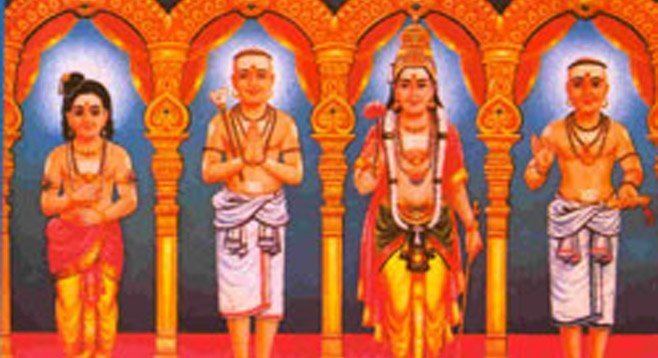
Manikkavacakar is said to have born in Vadhavoor (Thiruvadhavoor, near by Melur in Madurai district), seven miles from Madurai on the banks of river Vaigai. He belonged to the Pandithar saivite temple priest guild. His father was a temple priest. The group wore a top tilted knot to denote servitorship to Lord Siva like sambandar, etc. A mural and statuette of Manikkavacakar with head knot is seen in Tirupperunturai near Pudukkottai. A poetic and elaborate hagiography of Manikkavacakar and his works was written in the 16th century and is called Tiruvilayadal puranam, meaning "An account of divine deeds". The same is not available now in its original form. Another called Vadhavoorar puranam and yet another Sanskrit work of the 12th century CE on the same saint is now missing.

According to accounts the king of Pandyan dynasty had selected Manikkavacakar as a part of his legion after seeing his military acumen and had once entrusted him with a large amount of money to purchase horses for his cavalry. On his way he met an ascetic devotee of Siva, who in fact was Siva himself. Manikkavacakar received enlightenment, realised that material things are transitory and built the temple of Shiva in Tirupperunturai with the money. King Varaguna also was preached with knowledge of reality and blessed with mukthi after Lord Shiva made him realize his small worldly mistake. Varaguana maharaja immediately gave up his throne and attained muthi at the feet of Lord Shiva.
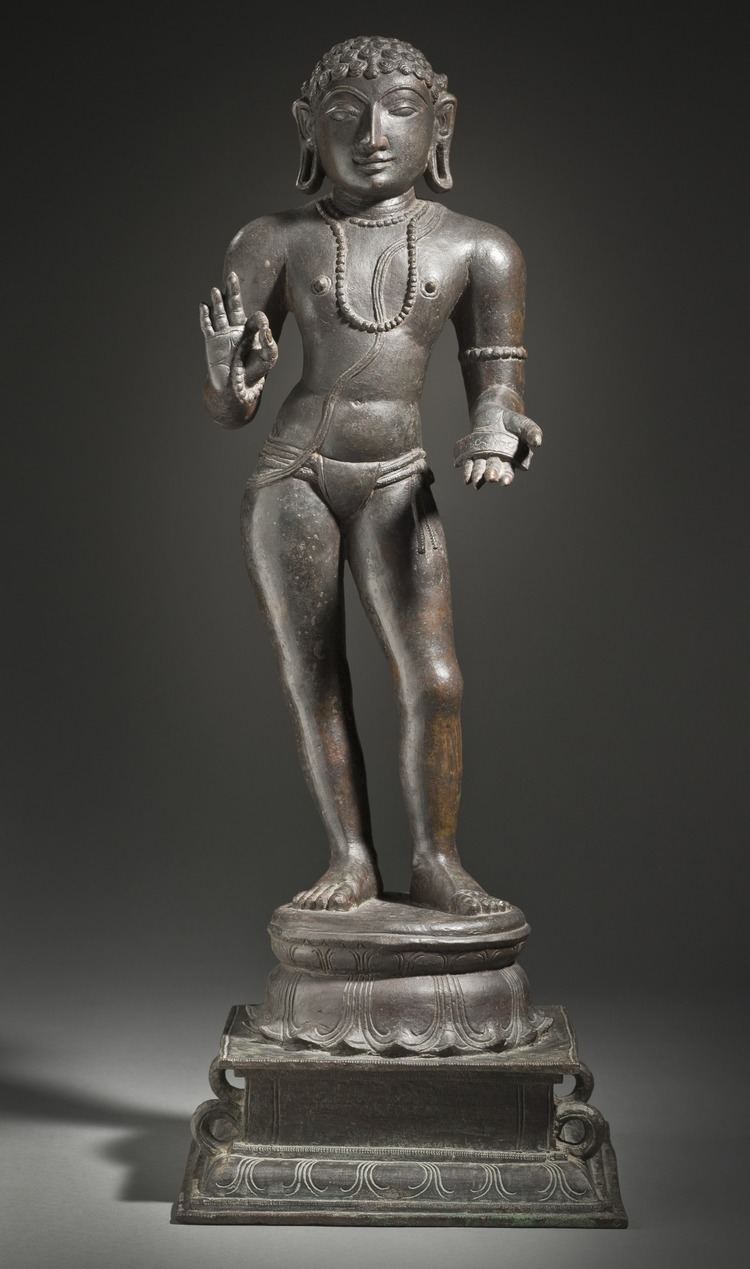
Manikkavacakar's birth name is unclear, but he was known as Vadhavoorar after his birthplace. Manikkavacakar means 'man with words as precious as Manikam'.
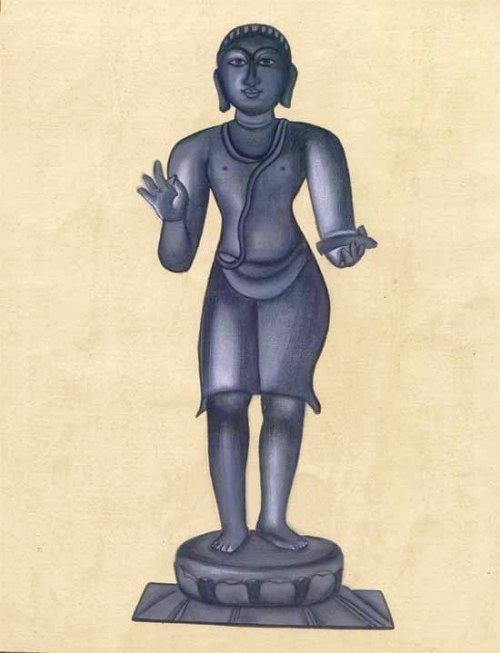
According to Ramana Maharshi, it is said that when Manikkavacakar died, his body dissolved in a blinding light without leaving a corpse behind.
Literary work
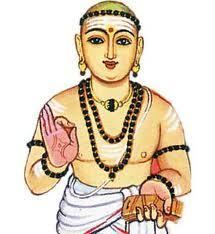
Thereafter Manikkavacakar moved from one place to other, singing and composing devotional songs. Finally, he settled in Chidambaram. His Tiruvasakam is placed near the idol of Shiva there.several verses of tiruvasagam including the accho patikam after singing which he attained mukti at thillai nataraja's feet are also engraved in the walls of the chidambaram temple. The tiruchazhal hymn after singing which the communal Buddhists were exposed is also engraved in one of the prakarams. The work tiruchitrambalakkovaiyar was sung entirely in thillai chidambaram. Throughout his work he discusses how important it is to forego attachments and cultivate dispassionate, devoted, sincere and simple hearted love to lord Shiva in order to attain his beatitude and also that the five letters of na ma si va ya alone give one mukti.
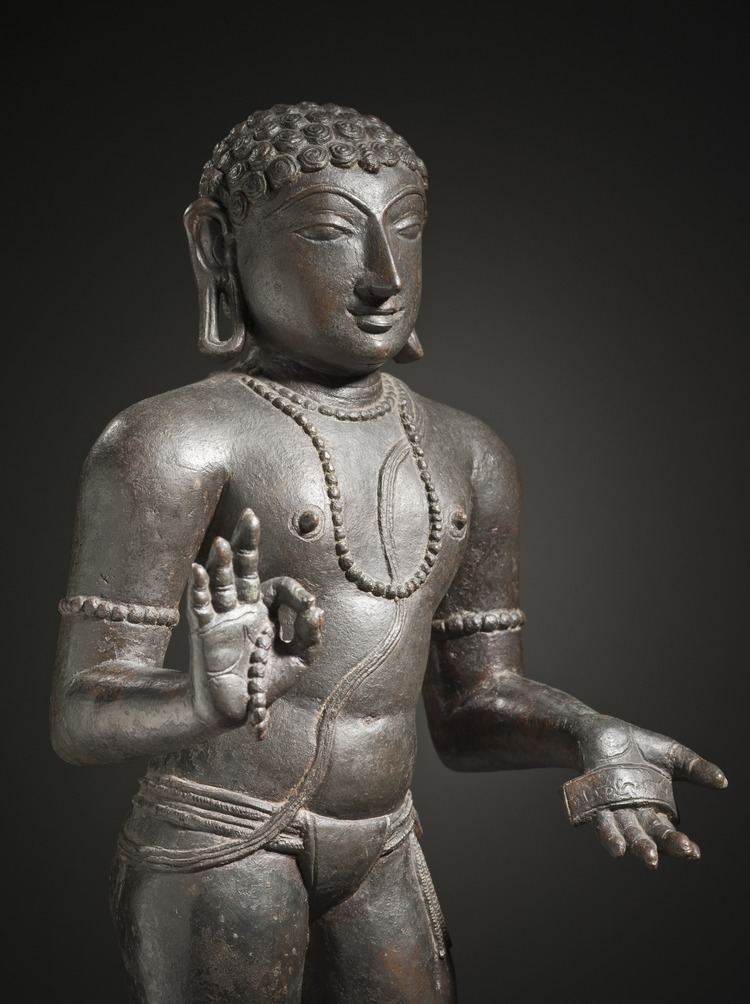
Manikkavacakar's work has several parts. The Tiruvembavai, a collection of twenty hymns in which he has imagined himself as a woman following the Paavai Nonbu and praising Shiva. The twenty songs of Tiruvembavai and ten songs of Tiruppalliezhuchi on the Tirupperunturai Lord are sung all over Tamil Nadu in the holy month of Margazhi ( The 9th month of the Tamil calendar, December and January).
Manikkavacakar is believed to have won intellectual arguments with Buddhists of Ceylon at Chidambaram. His festival is celebrated in the Tamil month of Aani (June - July). Manikkavacakar's hagiography is found in the Thiruvilaiyadar Puranam (16th century AD).
In 1921, an English translation of Manikkavacakar's hymns was done by Francis Kingsbury and GE Phillips, both of United Theological College, Bangalore (Edited by Fred Goodwill) and published in a book as Hymns of the Tamil Śaivite Saints, by the Oxford University Press
Associated temples
Manikkavacagar visited various temples in Thanjavur, North Arcot, Chengalpattu, Madras, Tirunelveli and Madurai districts and revered the deities.
Tiruvembavai is sung along with Andal's Tiruppavai widely across the temples in Tamil Nadu during the Tamil month of Margazhi (December - January).
